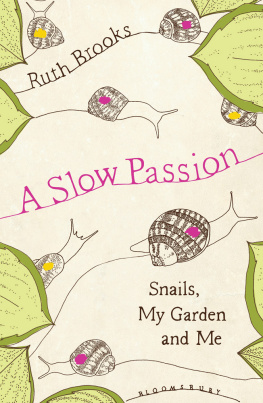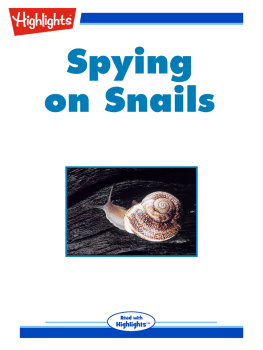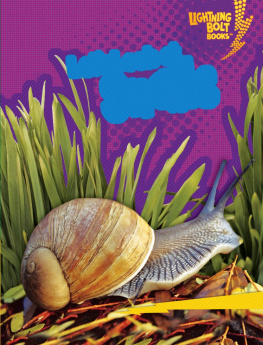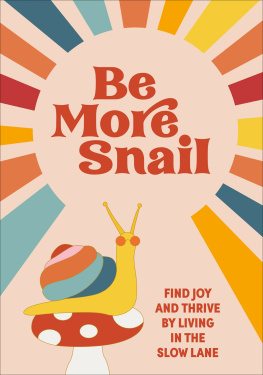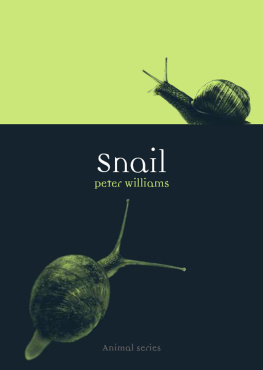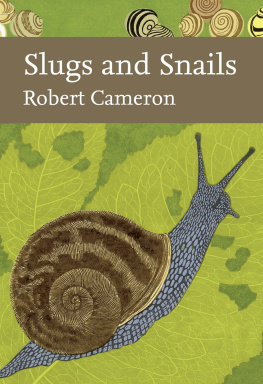To all at Bloomsbury who have been involved in the production of this book, I would like to express my heartfelt thanks. I am particularly grateful to Richard Atkinson who, in helping me shape the structure and hone the text, has been both editor and mentor. I have learnt a lot. Thanks also to Rachael Oakden for her painstaking copy-editing; to Xa Shaw Stewart for all her help; to Jude Drake and Emma Daley for publicity; to proofreader Barbara Roby; and to Claire Hartigan for her care over the illustrations and cover. Special thanks are due to Natalie Hunt for coordinating all these processes so smoothly, and for her patience in answering my many queries.
I am extremely grateful to Michelle Martin, producer of the So You Want to be a Scientist? project, for her constant support. I am deeply indebted to my science mentor, Dave Hodgson, for his expert guidance and his involvement in the research.
Thanks are due to Professor David Dunstan for allowing me to include his research paper; and to all the snail fans on Facebook for their encouragement and incredible homing stories. I am grateful to members of the Conchological Society for help and support, and for delighting me with the superb photos in their journals.
To Carole, Sue, Bruce and Peter, and to St Johns School, Totnes, all of whom helped out so willingly with the experiments, I am truly indebted. I also wish to acknowledge the help of Paul Morton, computer whizz, who has called round at short notice to sort out a thousand emergencies, and Totcom (Printers) of Totnes, who have come to the rescue when my printer went on strike; and to thank Linda Griffiths for her tenacity in helping me untangle my folders. Thanks too to all my friends, both gardeners and non-gardeners, who have taken such an interest in the science and who are, I hope, beginning to bond with snails; to daughter Sarah and son-in-law Chris in London for practical support, including bed-and-board; and to my grandchildren for their forbearance when I was tied to the computer and couldnt go out to play.
I am very grateful to Katy Clarke, past Chair of Swanwick Writers Summer School who long ago recognised my need to write, and became my first mentor.
I am especially indebted to my agent, Laetitia Rutherford, who spotted a good story long before I did. Without her encouragement, this book would not have been written.
Ruth Brooks worked as a home tutor for thirty-five years, supporting challenging and disadvantaged children and enabling them to uncover their hidden talents. Her dormant interest in science only bloomed in her seventieth year. In 2010 , inspired by a passion for gardening and ecology, she entered a talent search on Radio called So You Want to be a Scientist?, and was awarded the title BBC Amateur Scientist of the Year. She loves the countryside, walking by the sea and, most of all, playing with her grandchildren. She lives in Devon.
Contents
EIGHT
O ne sunny afternoon, I left my sharpest knife on a plate in the garden, where I had been chopping vegetables, and went indoors to make a cup of tea. When I came back a little later, I found a snail sliming over the upturned blade as it tried to get to a cabbage leaf. The intrepid traveller was perched astride this deadly weapon as if that was the most normal thing to do. How was it that the animal hadnt sliced itself in half, when its body was far softer than the cabbage? I picked it up by the shell and peered at the underside of its foot, expecting to see colourless blood seeping from a huge gash. There was not even a scratch. The snail seemed to have skin tougher than an elephants hide.
The secret of the snails amazing ability to traverse the sharpest razor blade without harming its body lies in its slime. This mucus is produced by a gland the pedal gland at the front of the creatures foot.
Snails and slugs belong to a class of molluscs called gastropods, whose name comes from the Greek word gaster , meaning belly, and podos , footed. A gastropod slides along on its foot over its own slippery stream of pedal mucus, which acts as a cushion. The snail that was sauntering over the blade of my knife as if merely enjoying an afternoon stroll over my lettuces had resourcefully produced exactly the right quantity and quality of slime to perform this feat with ease.
The mucus enables the snail to creep over a huge variety of surfaces. Soil, gravel, glass the snail takes them all, literally, in its stride. In the sole of its foot are two sets of muscle fibres that contract and expand as the animal glides along its liquid ribbon. One set of fibres contracts, pulling the snails tail towards its head, then the second set propels the sole of the foot forward in a ripple-like motion. The tummy-creeping movement of a five- or six-month-old baby trying to reach the rattle that its irritating parent has placed just out of reach is similar to the wave-like progress of the snails body.
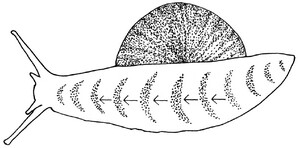
Snail movement.
A mollusc has a remarkable ability to adapt the viscosity stickiness of its mucus to the terrain it has to negotiate. It does this by altering the amount of pressure it applies to a surface. When it releases the pressure by relaxing its muscles, the mucus becomes more sticky, enabling the snail to attach itself to any object, in any position. Using this clever means, the animal can remain stuck to a vertical wall face, or upside down inside the rim of a flowerpot usually the one housing somebodys favourite patio plant. By contrast, if the creature decides that it wants to scoot along, the slime becomes thinner as the muscles tense up and apply more pressure. Mucus production is hard work; the snail spends about a third of its energy output on this vital task, far more than it requires for locomotion.
For those who think a snails slime is somewhat revolting, research has shown that it has some unexpected uses. In South Korea, a skin cream containing snail mucus has become so popular that the shelves cannot be restocked quickly enough to meet demand. It is expensive, of course. Which makes me wonder whether it might not be simpler, and cheaper, to cut out the middleman. This would be a fascinating project for serious research. We just need a few hundred volunteers to take part people of a curious and pioneering nature who, for an agreed length of time, would be willing to coat their skin with mucus directly from the snail.

I am ashamed to admit that, even after my road-to-Damascus moment with the metaldehyde pellets, I did not immediately morph into a mollusc-loving saviour. The snails had not stopped ravaging my runner beans. They just carried on, in their own sweet way, staging their nightly foraging expeditions. This led to some serious lapses.
I had already written off the biological option: nematodes. These microscopic, worm-like organisms are a non-toxic weapon against various creatures that prey on our plants. They enter the pests body and release bacteria that prevent the creature from feeding, quickly killing it. Then, when their prey has died, they reproduce inside their host. Research scientists have isolated particular nematodes that kill specific garden pests, such as the codling moth or vine weevil.
In the past, I had used slug nematodes. These work by reproducing inside the slug and causing it to swell up to the point where it may explode. The picture on the packet should have been enough to put me off it showed a distorted creature with a grotesque swelling on its back. Im glad to report that I was so horrified by this image that I soon gave up zapping slugs in this particularly gruesome fashion.
At this point, I must declare my position on slugs. I have never bonded with them. Malacologists mollusc experts may find them fascinating, even appealing. But to me, they have no redeeming features, no charm at all. The worst thing is their slime, far stickier than snail mucus; it clings horribly to the skin and cannot be washed off. Devious and sly and expert at hiding, they burrow under soil and grit. They curl themselves inside my lettuces to be discovered later in the salad bowl.
Next page
